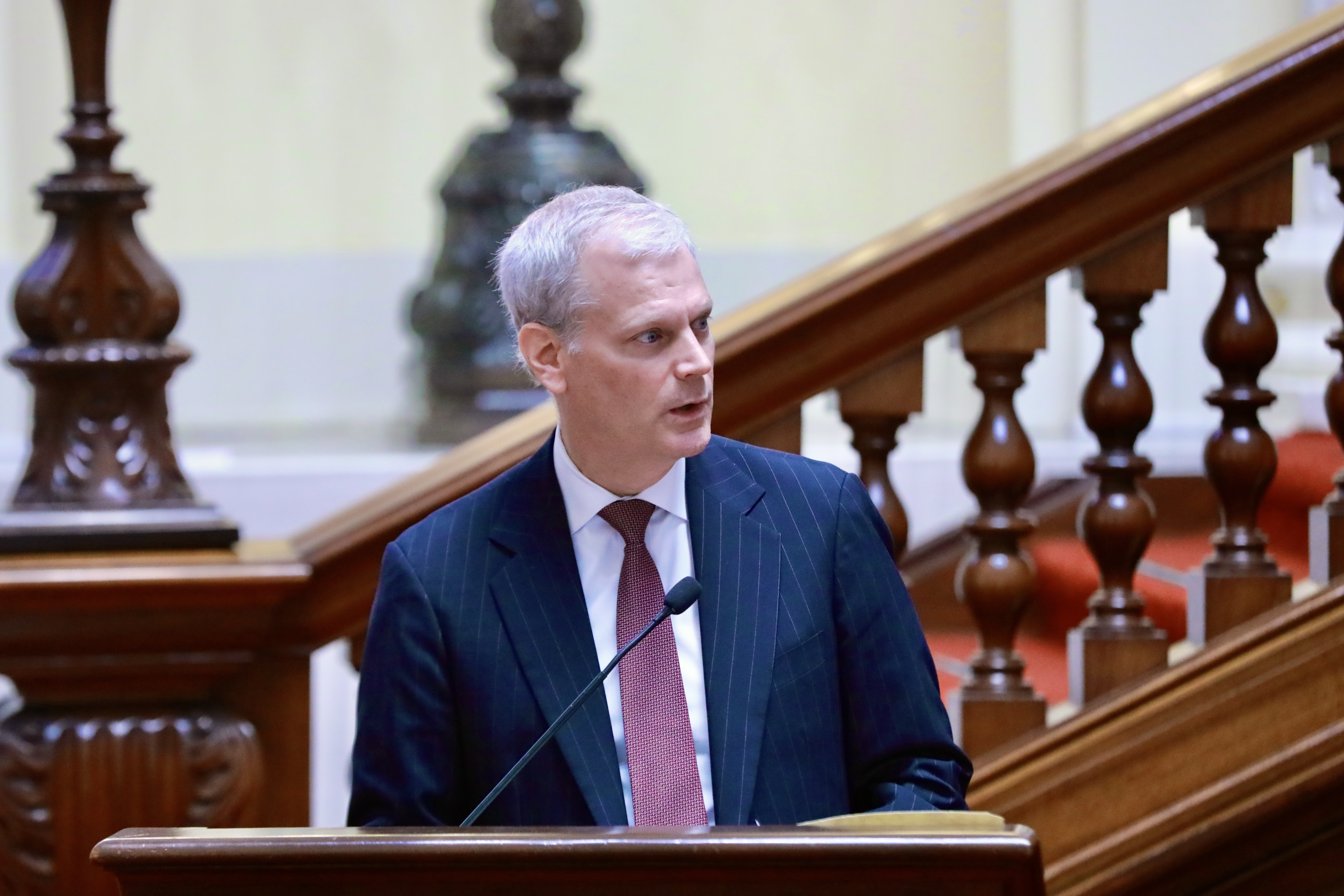Speakers:
- Ana Fernanda Maiguashca, Technical Deputy Minister of Finance of Colombia
- Juan Antonio Ketterer, Financial Markets Specialist, Capital Markets and Financial Institutions Division, Inter-American Development Bank
- Jason Press, Equity Strategist, Global Emerging Markets/Latin America, Citi Investment Research and Analysis
- Eric Farnsworth, Vice President, Americas Society and Council of the Americas (Moderator)
Summary
Council of the Americas partnered with the Inter-American Development Bank (IDB) for a public panel discussion on the Integrated Latin American Market (MILA), a private cross-trading initiative launched by the stock exchanges of Chile, Colombia, and Peru in May 2011. The conversation explored the benefits of integrating the three countries’ stock markets and outlined remaining market and regulatory challenges. Panelists discussed the role of the Colombian government in the initiative, the opportunities for assistance from the Inter-American Development Bank, and the long-term opportunities for MILA in the region. COA Vice President Eric Farnsworth noted that, one year since the official start of MILA, the initiative shows potential for spurring further economic growth in these countries and in Latin America.
Colombia’s Leadership in MILA
Colombia’s Technical Deputy Minister of Finance Ana Fernanda Maiguashca opened the panel discussion by highlighting Colombia’s central role in the establishment of MILA, since the Colombian government has helped lead the process of financial integration. Colombia is working to increase the diversification of its own market and improve financial inclusion with the goal of encouraging prudent risk-taking among a broader group of actors.
The architects of MILA envision it as an effective channel for exchange that provides an encouraging atmosphere for smaller investors. By improving financial regulations and standards across borders, individuals and small- and medium-sized companies will be able to work with local brokers to access international markets. But there are challenges; many investors are still learning how to use MILA. Maiguashca pointed out that the success of the initiative will depend on breaking down cultural barriers and engaging local investors. If this happens, MILA will be an opportunity for Colombia to further integrate with Chile and Peru and to become a leader in regional financial markets.
The Role of the Inter-American Development Bank
Juan Antonio Ketterer, the IDB’s financial markets specialist in the capital markets and financial institutions division, expressed the bank’s support for MILA. The IDB aims to assist the three countries in plotting a path forward in order to achieve maximum benefits, including increased liquidity, improved clearing and settlements processes, and consistent standards across borders. According to Ketterer, the expertise of the IDB will be helpful in identifying which approach to implementing the exchange will work best.
For example, the IDB can work with regulators to implement standards driven by private demand. Ketterer noted that the IDB is providing assistance in this way to enhance access to finance in the Caribbean. In conjunction with Colombia’s emphasis on involving small- and medium-sized actors, the IDB can act as a broker for managing supranational corporations’ participation in the exchange. Chile, Colombia, and Peru have begun to incorporate best practices in financial integration, while the IDB can help them achieve their full potential by meeting the standards of the International Organization of Securities Commissions. Ketterer and Maiguashca expect that as the exchange matures, it will attract the interest of other regional actors, such as Mexico.
MILA’s Potential
The process of integration of Latin American markets has been slow. The ultimate measures of the success of MILA are increased liquidity and volume, but to date, the total volume of exchange has only reached $14 million. However, integrated financial markets in the Nordic region were also slow to take off but today see high trading volumes. “The long-term opportunity of MILA is impressive,” said Citi Equity Strategist Jason Press. Investment opportunities are increasing in the Andean region, and the exchange has shown international players that Chile, Colombia, and Peru have the ability to work together successfully. Press expressed hope that these three countries will soon be seen as one trading block, but this will require concentrating on developing their relationships with one another before involving other countries. Integration is progressing slowly, and operational and tax issues still need to be addressed before Mexico becomes involved. Press said it is essential for MILA countries to first focus on facilitating access for investors and refining the clearing process since they “only get one chance to make a great first impression.”






